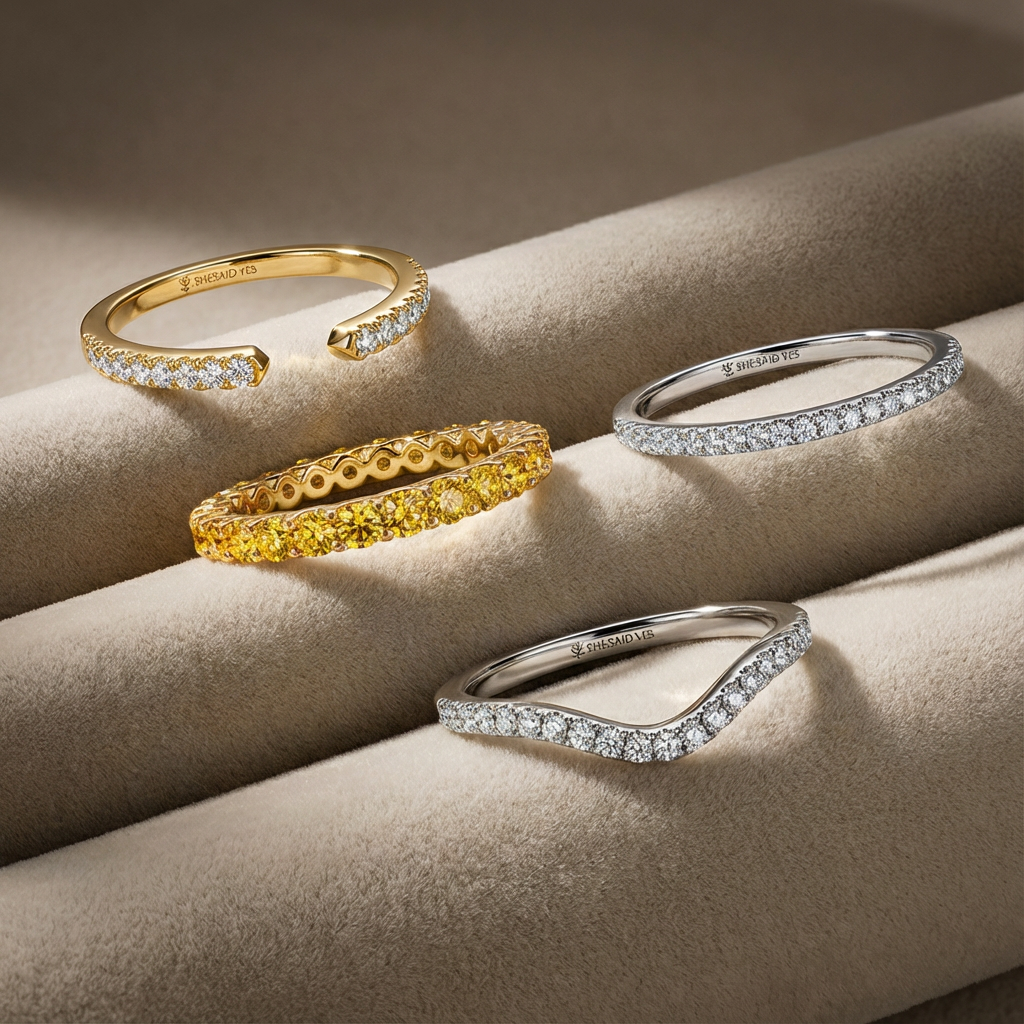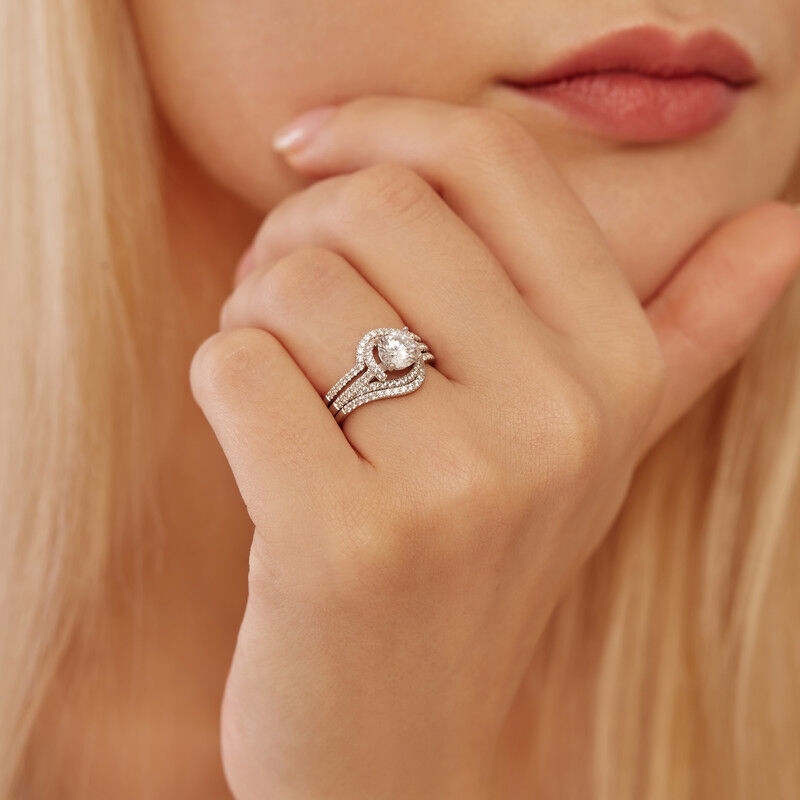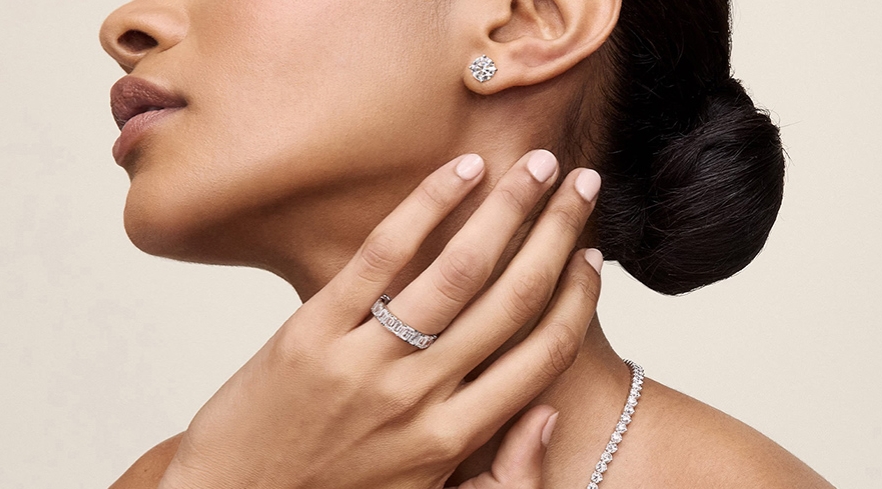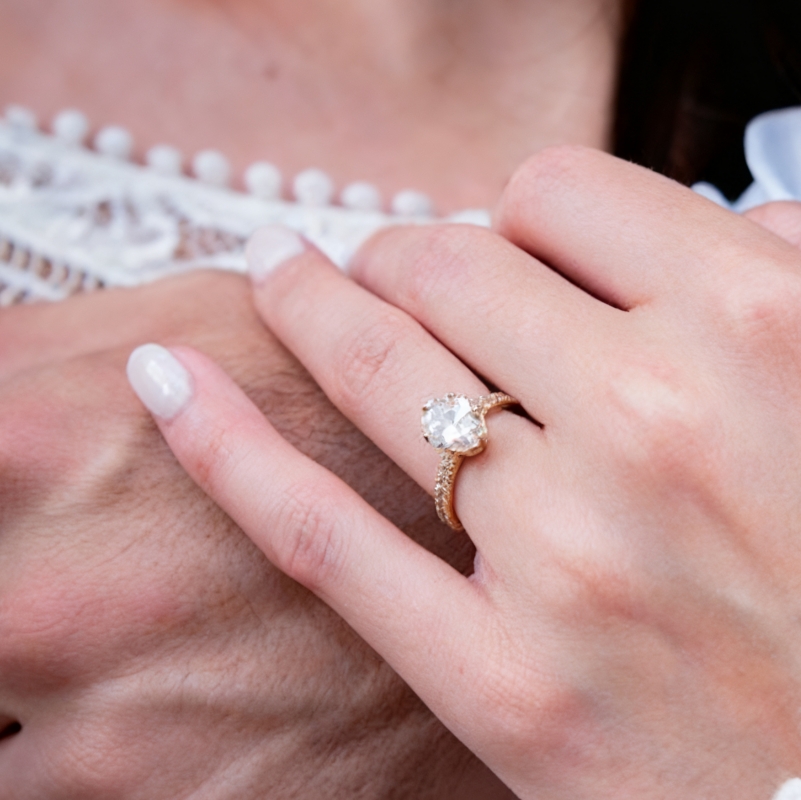German wedding traditions are as rich and varied as the country's cultural tapestry. From unique engagement customs to post-wedding celebrations, these traditions add depth and meaning to the union of two people. Let's explore the fascinating journey of a typical German wedding, from the moment of engagement to the joyous conclusion of the celebration.

Engagement and Pre-Wedding Traditions
Engagement Rings
In Germany, the journey to matrimony begins with an engagement ring worn on the left hand. Unlike in many other countries, this ring will transition to the right hand after the wedding ceremony. This is a unique German custom, symbolizing the shift from engagement to marriage.
Polterabend: The Plate-Breaking Party
One of the most unique German pre-wedding traditions is the Polterabend. This event takes place the night before the wedding and involves friends and family gathering to break porcelain dishes. The couple then cleans up the mess together, symbolizing their ability to work as a team in facing life’s challenges. It’s believed that the noise of breaking porcelain wards off evil spirits.
Sleeping Apart The Night Before
It’s customary for the bride and groom to spend the night before their wedding apart. This tradition is thought to build anticipation and make the moment they see each other at the ceremony even more special.
Hiding a Penny in the Bridal Shoes
For good luck, a penny (or cent) is often placed in the bride’s shoe. This tradition is believed to bring prosperity to the newlyweds.

Wedding Day Preparations
Bridal Attire
Historically, German brides wore black dresses with white veils. However, modern German brides have adopted the more common tradition of wearing white wedding dresses. These dresses are typically ballgown-style and usually don’t have long trains. While less common than in the past, many brides still choose to wear a fingertip-length veil, especially for church weddings.
Groom’s Attire
The traditional groom’s attire in Germany is relatively simple: an all-black suit paired with a white shirt. Alternatively, grooms may opt for a classic tuxedo or a well-tailored dress suit. Grooms have considerable freedom in choosing the cut, customization, and accessories for their outfits. In some regions, particularly Bavaria, grooms might wear traditional lederhosen.
The Wedding Ceremony
Exchange of Rings
In German tradition, wedding rings are usually worn on the right hand, not the left. The rings are often simple gold bands, sometimes with engravings inside. As they exchange rings, the couple may recite additional promises or poetry.
Unity Coin Presentation
Known as “Morgengabe” (morning gift), this tradition involves the groom presenting the bride with coins, symbolizing his commitment to provide for the family. Historically, these were gold or silver coins, but modern couples might use specially minted commemorative coins. The bride often keeps these coins in a decorative pouch or box as a cherished memento.

Post-Ceremony Traditions
Sawing a Log Together
This tradition, called “Baumstamm sägen,” involves the newlyweds working together to cut through a log using a two-person saw. It represents their first challenge as a married couple. Friends and family gather around to cheer them on. The log is often decorated or painted, and the sawed piece is sometimes kept as a souvenir.
Bride “Kidnapping”
Called “Brautentführung,” this playful tradition involves the bride being “kidnapped” by the groom’s friends and taken to a local pub. The groom must search for her, going from pub to pub if necessary. When he finds her, he must pay the “kidnappers'” bar tab and perform entertaining tasks to “win” her back. This can last for hours and is seen as a test of the groom’s devotion.
Wedding Door
Known as “Hochzeitstür,” this is a decorated archway or door created by friends or family. They often decorate it with flowers, greenery, and ribbons, sometimes incorporating the couple’s names or wedding date. The newlyweds must pass through this doorway, sometimes answering riddles or performing tasks, symbolizing their entrance into married life.

The Reception
Wedding Soup
“Hochzeitssuppe” is traditionally a clear, chicken-based broth served with garnishes like meatballs, noodles, and vegetables. It’s a symbol of good fortune and is often the first course of the wedding meal. Regional variations exist, with some areas serving a beef-based or even a sweet fruit soup.
Veil Dance
Also known as “Schleiertanz,” this usually occurs at midnight. The bridesmaids remove the bride’s veil and hold it up. Then, the guests can dance with the bride, tossing money into the veil. This tradition symbolizes the bride’s transition from single to married life and helps the couple start their new life together.
Cutting the Wedding Cake
As in many cultures, the couple cuts the wedding cake together. In Germany, a multi-tiered cake called Hochzeitstorte is common, often featuring intricate designs and marzipan decorations. The couple cuts the first piece together, with the groom’s hand over the bride’s, symbolizing his support. Then, they feed each other a bite, representing their commitment to provide for one another.
Midnight Soup
Called “Mitternachtssuppe,” this hearty soup is served late in the evening, often around midnight. It aims to revitalize guests and help them continue celebrating. Common varieties include goulash soup, potato soup, or a rich meat broth. Some regions serve a sweet soup instead, like a fruit soup or chocolate soup.

Farewell and Keepsakes
Decorated Car Departure
Friends and family decorate the couple’s getaway car with streamers, flowers, and often cans tied to the back. Besides, the decorations might include humorous signs or messages for the newlyweds. As the couple drives away, guests throw rice or flower petals for good luck. In some regions, children holding ribbons block the car’s path, and the couple must give them candy to pass.
Keeping the Bridal Crown
The bride’s floral crown or headdress, known as “Brautkranz,” is often preserved as a keepsake. Traditionally, it was dried and kept in a glass dome or shadow box. Some brides also press flowers from their crowns into their wedding album. In certain regions, the crown is ceremonially removed at midnight and replaced with a bonnet, symbolizing the bride’s new status as a married woman.








